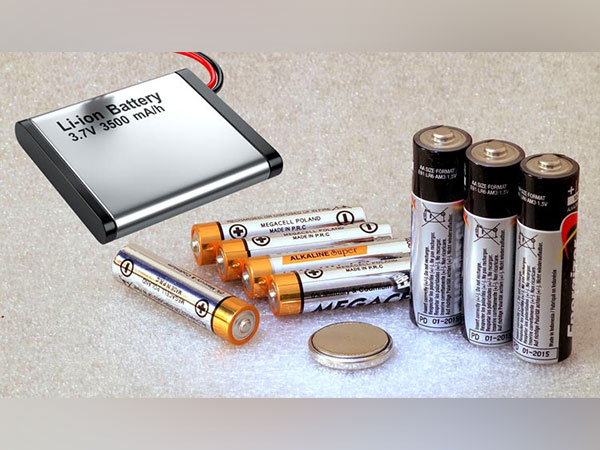India's Lithium-Ion Battery Independence Surge
India is significantly advancing towards reducing its dependency on imported lithium-ion batteries, with expectations to decrease reliance by 20% by FY27. As demand is set to increase due to the growth in electric vehicles and renewable energy initiatives, local production sees strategic governmental support and incentives.

- Country:
- India
India is making substantial progress in reducing its reliance on imported lithium-ion batteries, with CareEdge Ratings forecasting a reduction to about 20 percent by FY27. At present, almost all of India's 15 GWh demand for lithium-ion batteries is satisfied through imports. However, the demand is expected to rise significantly to 54 GWh by FY27 and further to 127 GWh by FY30, propelled by the increasing adoption of electric vehicles and efforts to decarbonize the energy grid.
This shift aligns with India's accelerated push towards renewable energy, with the aim of sourcing 50 percent of its energy needs from renewables by 2030. Growing demand for electric vehicles and grid-level energy storage fuels the increasing need for advanced batteries such as lithium-ion.
To facilitate this transition, the Indian government has introduced initiatives like the Faster Adoption and Manufacturing of Electric Vehicles (FAME) scheme and Viability Gap Funding for Battery Energy Storage Systems. These policies are designed to make electric vehicles and energy storage systems more accessible, setting a target of 30 percent EV penetration by 2030. However, CareEdge Ratings suggests a more realistic penetration of 20 percent, taking into account the current pace of EV adoption and infrastructure development.
The declining cost of lithium-ion batteries, from USD 780/kWh in 2013 down to USD 139/kWh in 2023, due to technological advancements and economies of scale, further stimulates this demand. To meet the growing need, India is establishing large-scale integrated lithium-ion battery production facilities, supported by the Advanced Chemistry Cell Production Linked Incentive scheme.
The government has allocated 40 GWh in battery production capacity under this scheme, with another 10 GWh to be assigned shortly. Numerous established battery manufacturers and new companies are also setting up facilities outside the PLI framework, with expected operational capacity coming online gradually by FY27.
(With inputs from agencies.)
ALSO READ
India's Power Surge: Pioneering the Future of Renewable Energy
ACME Solar and Hexa Climate Win Big in NTPC's Renewable Energy Bid
Egypt's Renewable Energy Ambitions: Challenges and Calls for Support
India's Green Push: Towards 500 GW Renewable Energy by 2030
India's Renewable Energy Renaissance: Surpassing 200 GW Mark










